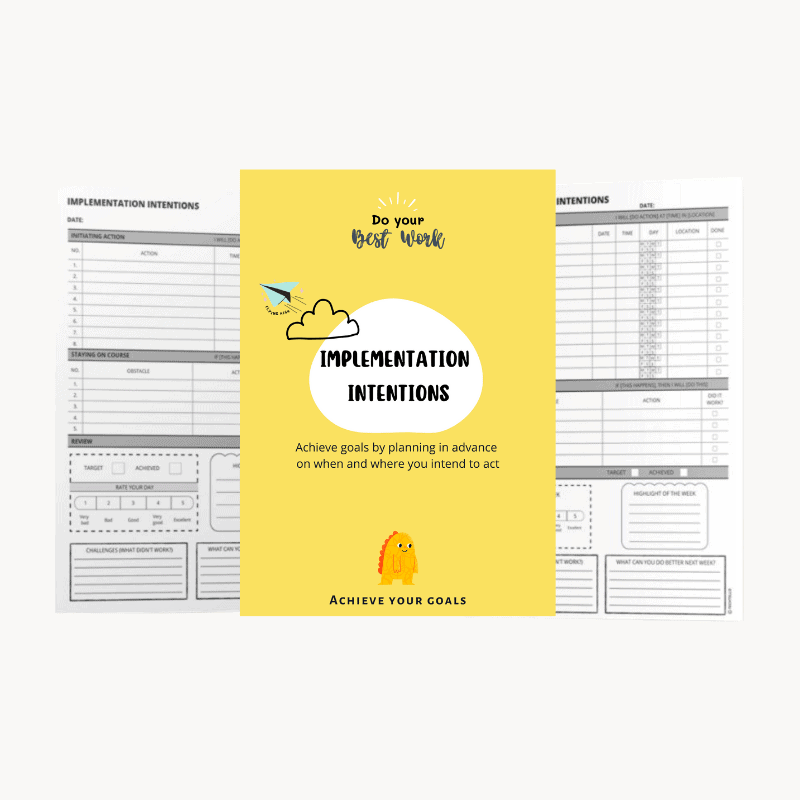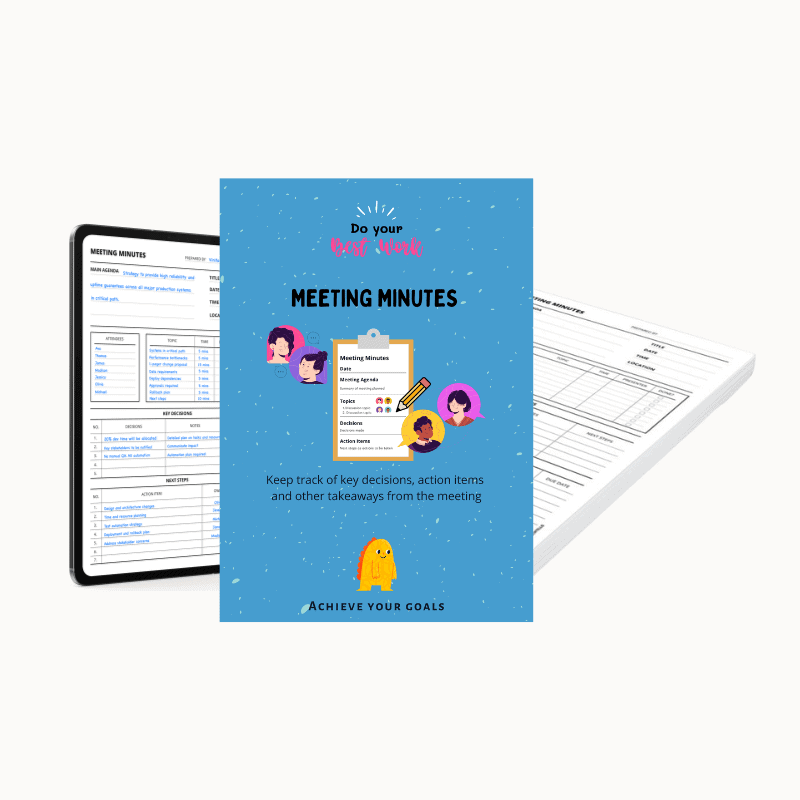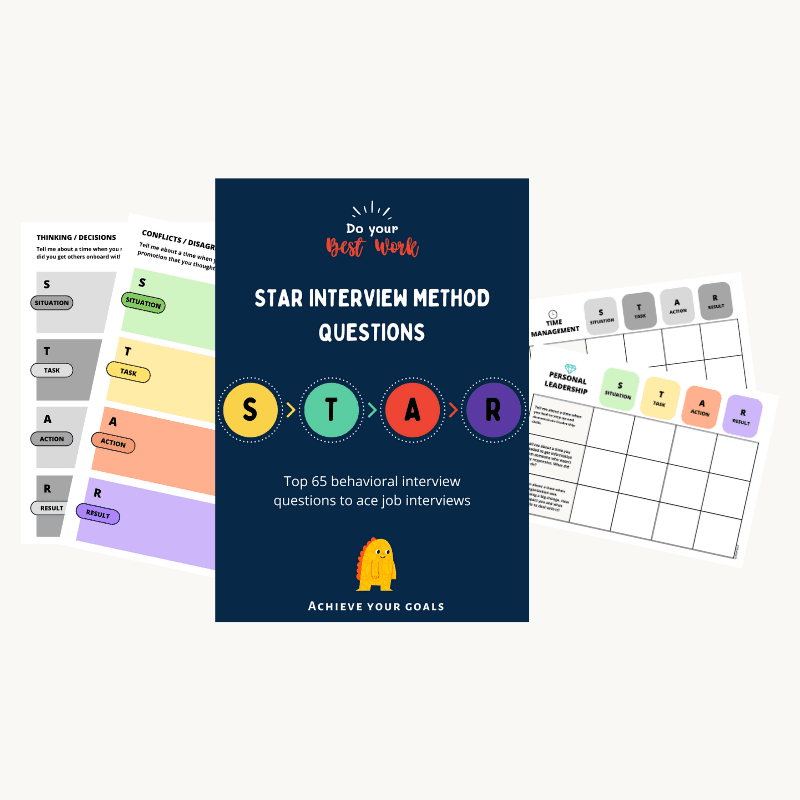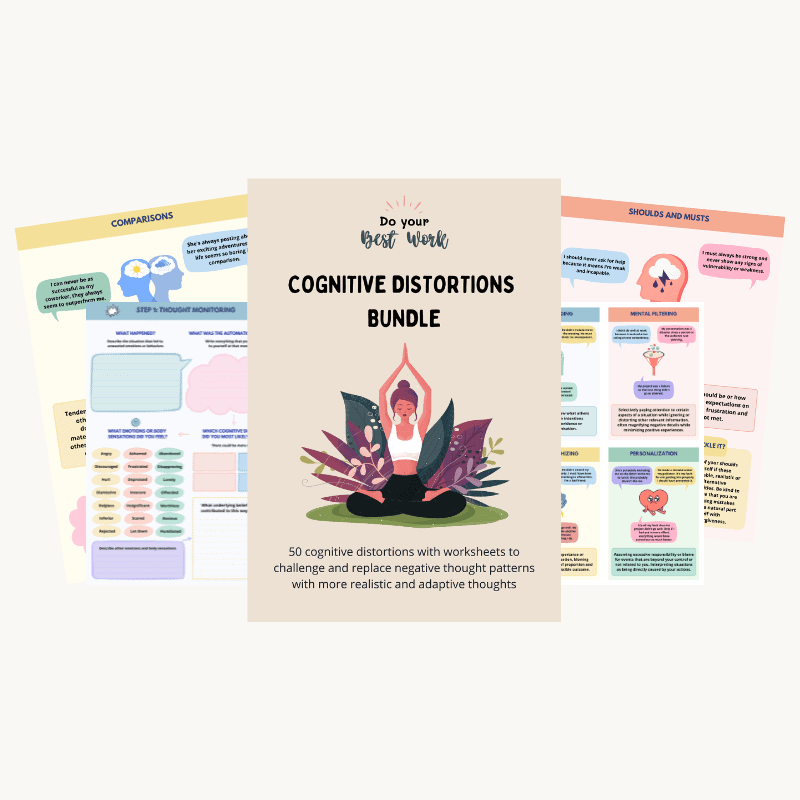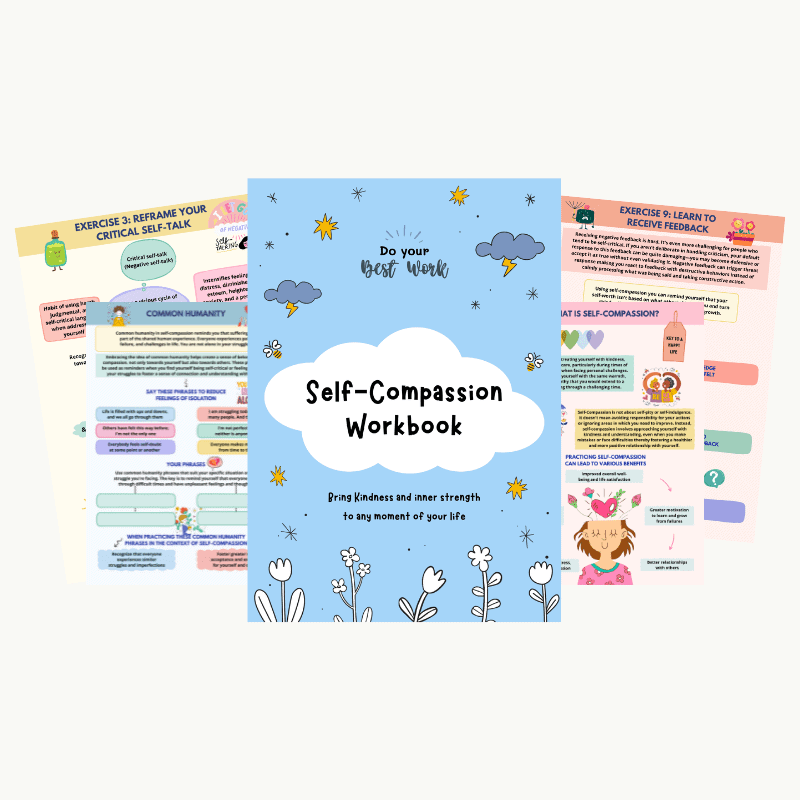Losing Trust As a Manager? Here’s How to Regain It
What’s the most important factor that impacts an employee’s motivation at work—the level of trust they feel towards their manager. High levels of trust make them feel valued, energizes them to work harder, and make them persist through difficulties and setbacks. Low levels of trust reverses the equation which negatively impacts their productivity and performance. You can lose trust as a manager if you don’t spend time noticing how you come across to others.











































































































